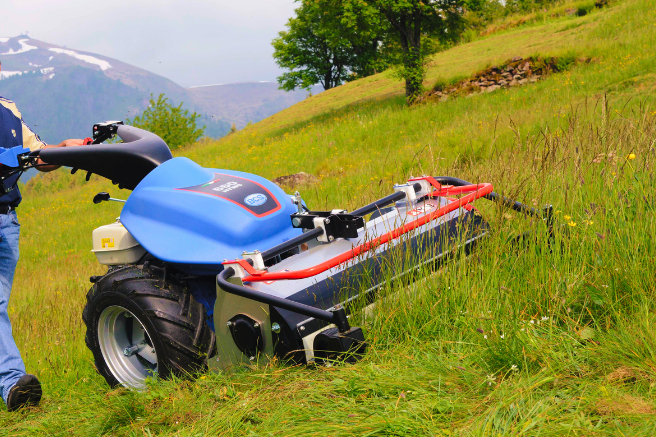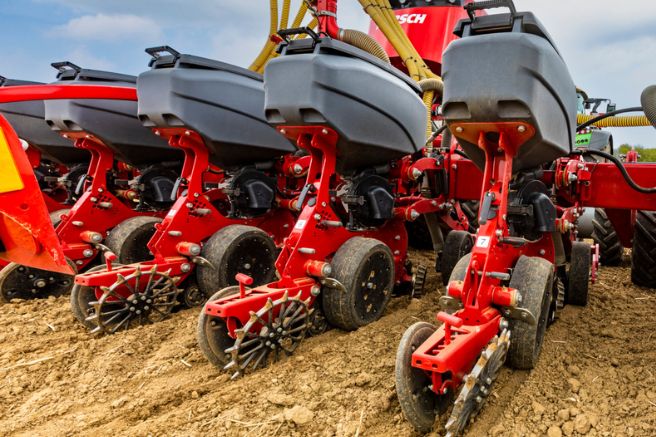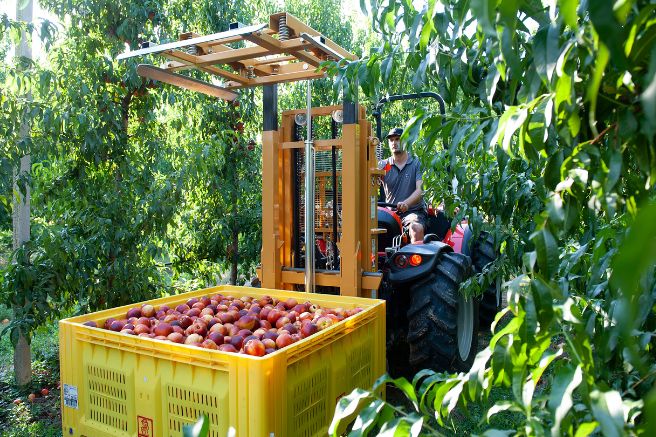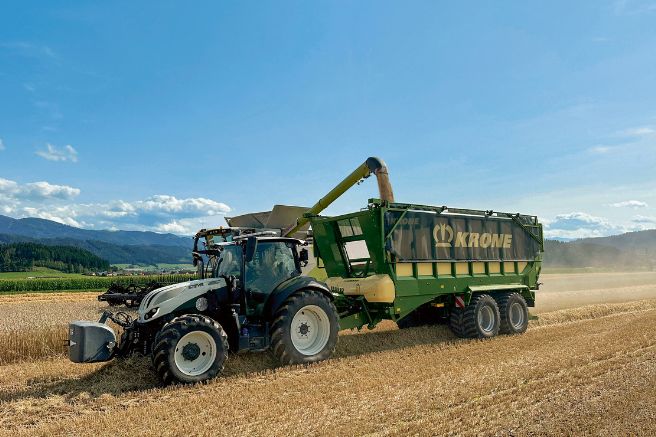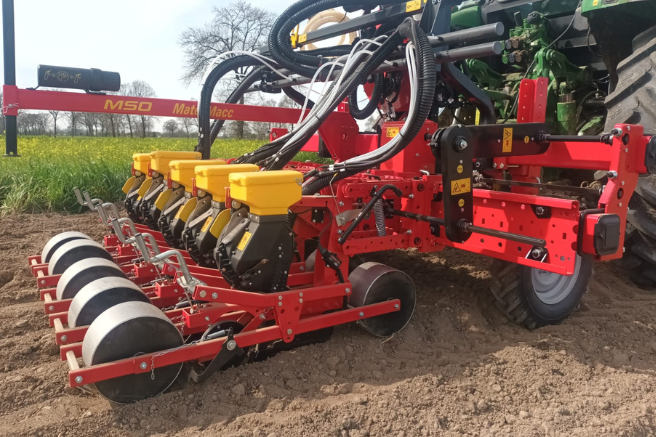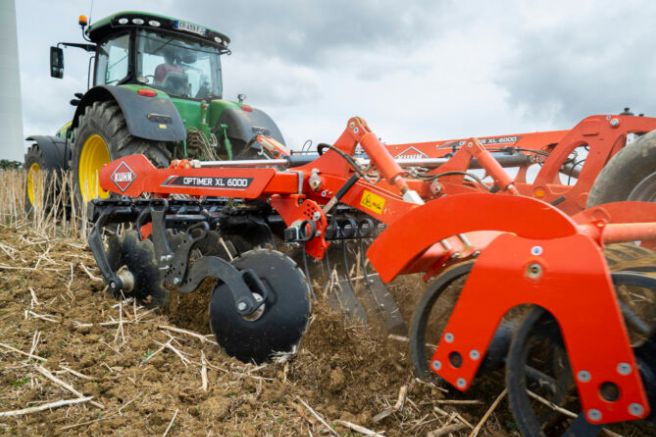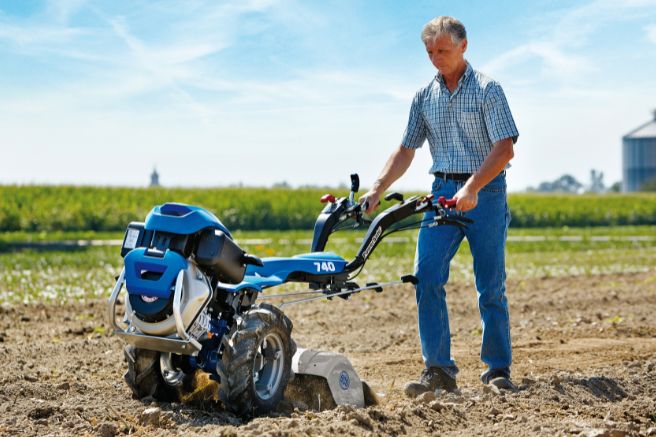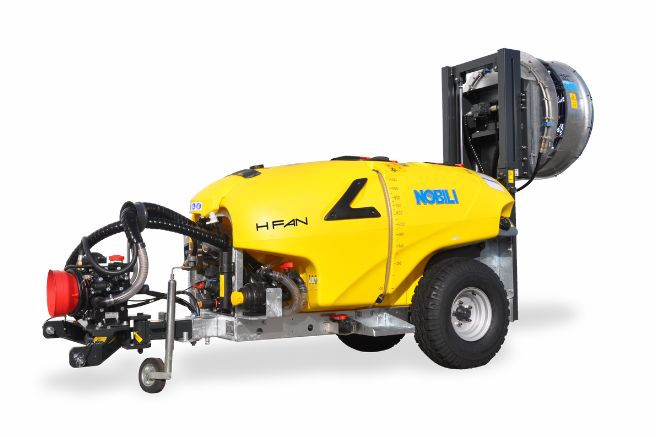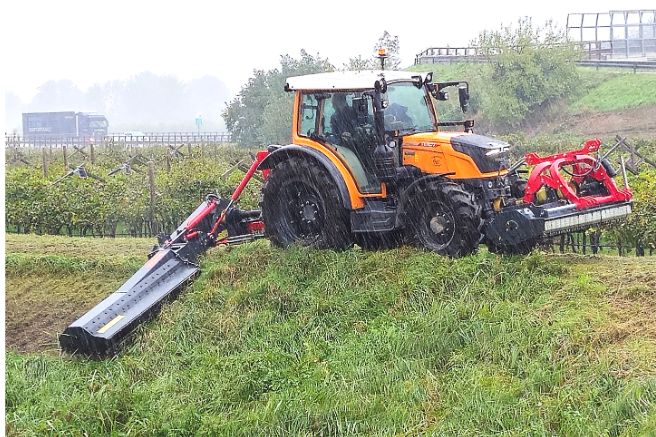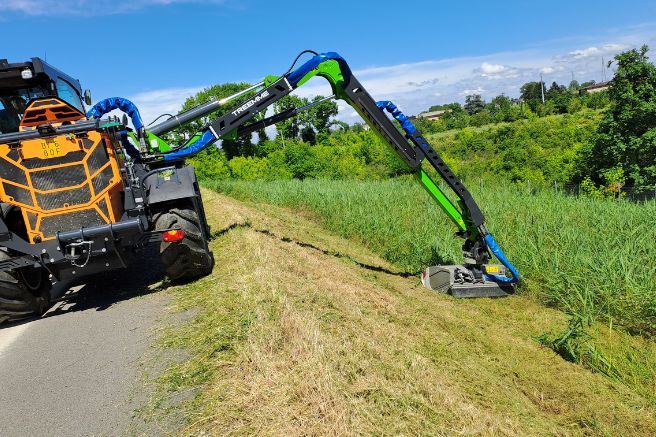The BCS “WS” series mowers sit at the top of a range that spans nine different models. These machines are super-professional, designed for continuous operation in challenging terrains that cannot be handled by mounted or trailed equipment. First designed in 1943 and launched shortly thereafter, Bcs single-axle mowers revolutionized the forage sector, effectively starting its mechanization. Over time, these machines were joined by more powerful equipment operating with tractor-driven systems, which, however, are only suited for large, flat, or gently sloping forage fields where tractors and large harvesters can operate…
Read MoreCategory: Implements
Horsch “Versa” seeders, each seed is positioned perfectly
Meeting Diverse Needs with Tailored Solutions developing a single seeding solution that can adapt to the vast variety of farm sizes and types is a challenging task. For this reason, manufacturers create machine series in which each model meets specific local needs. This approach is also followed by Horsch, whose “Versa” series provides a professional solution for large-scale operations and contractors. Notably, the “Versa 6 SW” stands out as a trailed seed drill paired with a “Kredo” rotary harrow. This model offers an impressive working width of six meters but…
Read MoreThe 50 year value for Cm elevators
According to George Orwell, the pseudonym of English writer Eric Arthur Blair and one of the literary giants of the twentieth century thanks to the novels Animal Farm and 1984, at fifty, everyone is what they deserve. A direct and straightforward statement, in the style of the English author, which seeks to highlight how only time, understood as a sufficiently long evolutionary journey, can serve as the ultimate judge of becoming. In this perspective, the true essence of what one is emerges independently of external conditions and circumstances, through the…
Read MoreKrone “Gx 360 Plus, transporting it all
2024 Will Not Be Remembered as the Year of Corn, Whether for Grain or Silage. Heavy rains and resulting waterlogging delayed spring planting, sometimes necessitating replanting. Even second sowings were postponed, causing further drops in final yields. North of the Po River, for example, corn yields fell by 15 to 40 percent compared to 2023, with only the province of Mantua managing, in some cases, to limit declines to within 10 percent. Given the increasing unpredictability of growing seasons, a shift in management approach is overdue, broadening the range of…
Read More“MiPlus” system by Matermacc, there is no precision without control
Controlling seeding precision via a tablet, whether operating on iOS or Android systems, is possible thanks to the “MiPlus” control system, which can interface with various series in the Matermacc range. Free from wiring, as it transmits information and a graphical interface wirelessly, the system can be managed from a tablet provided by the Friuli-based company, which also grants access to remote assistance, a free service for the first year of use. Standard Iso 7256/1 Operationally, “MiPlus” performs quality checks on the seeding process, following a protocol in accordance with…
Read MoreKuhn “Optimer” and “Vb 7100” series, innovations that reward
In the field of agricultural mechanization, the development of new solutions has essentially focused for decades on material selection and improvements to structural components, aiming to achieve ever-higher performance and robustness. Only in relatively recent times have designers shifted their attention to design, and most recently, to the possibility of implementing electrical and digital management systems to enhance efficiency. It is these latest solutions that have also allowed for rapid advancements in operational automation, bringing significant benefits in terms of work precision and operator safety. Kuhn, in particular, has moved…
Read MoreBcs “700” series rotary cultivators, precious for over a century
Fundamental in post-World War II Italy as pillars of agricultural mechanization still in its infancy, tillers remain a strategic resource for many entrepreneurs in the sector. Italy boasts highly diverse geographical features, combining vast flat expanses or gently sloping areas with more rugged agricultural regions, leading to the concept of “heroic agriculture” when farming takes place under extreme conditions on small plots of land. Examples of heroic agriculture include lemon groves along the Amalfi Coast and lentils from Castelluccio di Norcia, cultivated in rocky fields. However, this concept particularly applies…
Read MoreNobili sprayers “H-Fan” series, multi-vane effectiveness
By relocating the pump within the machine’s overall architecture and making the fan groups vertically adjustable, Nobili’s technicians focused on two main improvements when developing the new “H-Fan” sprayers. These are towed machines, ISOBUS-compatible, designed for crop protection in orchards and vineyards, and have been recognized as a technical innovation at Eima 2024. Equipped with 1,000-liter capacity tanks, they feature a hydraulically driven fan mounted on a height-adjustable system. This allows for vertical movements of up to 700 millimeters, increasing the sprayer’s adaptability to the shape of the crop canopy,…
Read MoreSeppi river mulchers, allies of the territory
The images of the bridge over the Lamone River in Romagna, blocked by tons of logs and branches carried by a flood that caused yet another overflow of water onto the surrounding lands, will remain long in memory. These damages could have been avoided, or at least greatly reduced, with better maintenance of the riverbanks and the vegetation growing on them—tasks that can only be addressed with equipment specifically developed to quickly remove both herbaceous and woody material, even of large size. This is the mission profile targeted by the…
Read MoreComplete verticalization with Merlo brushcutting arms
Since its inception, the Merlo Group has based its production strategy on vertical integration, as an alternative to assembling components manufactured externally. In simple terms, this means that the company aims to produce most of the components needed to build its machines in-house, purchasing externally only the parts that would be too complex to produce internally. Examples of such parts are engines, tires, or, until recently, the trimming arms for the “Mm-Mc” series of municipal tractors branded Tre Emme. Extended reach up to eight and a half meters However, since…
Read More

